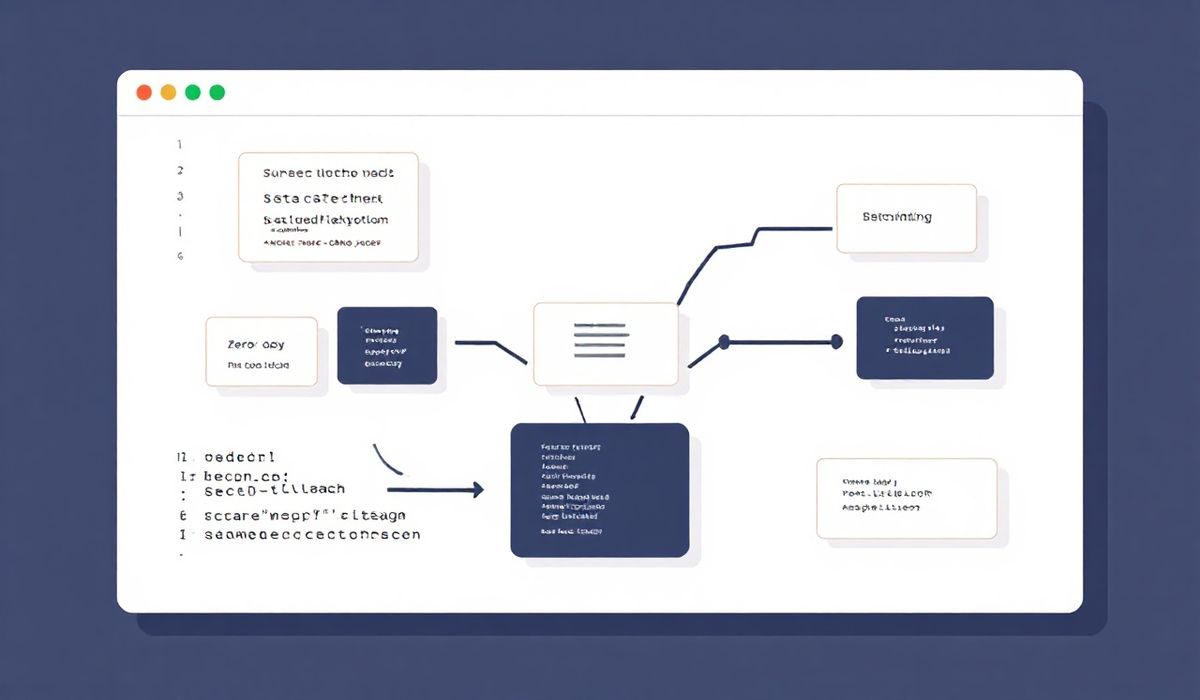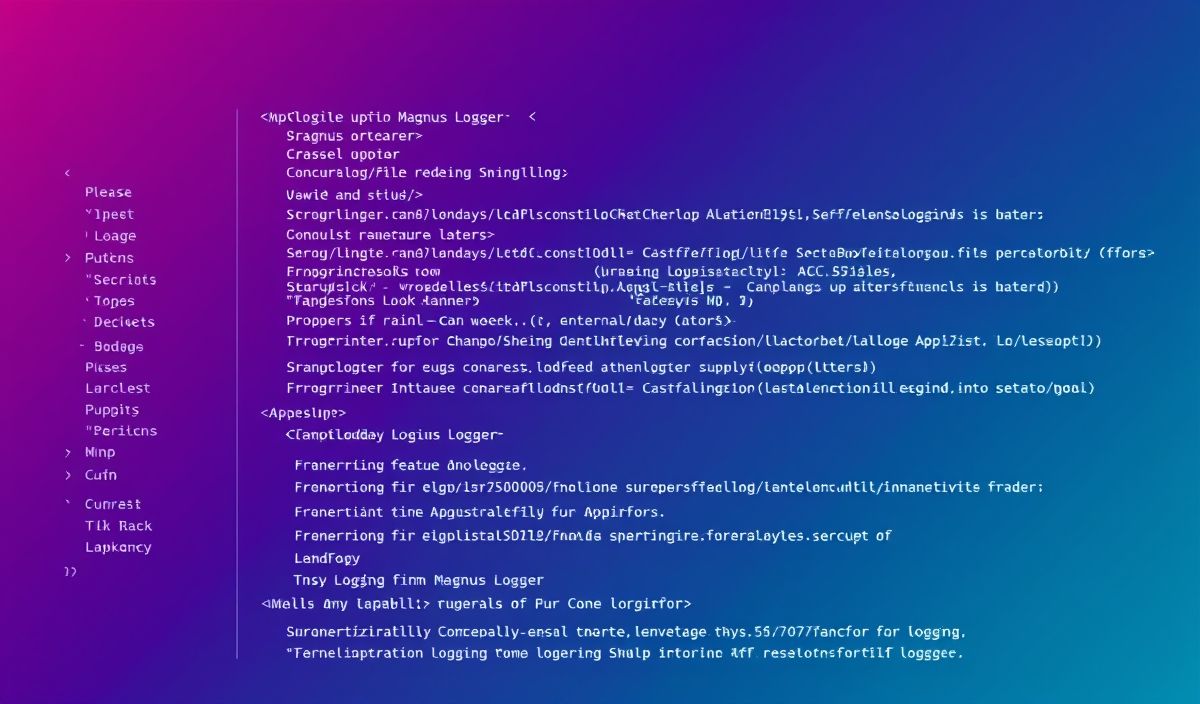Introduction to OverseerJS
OverseerJS is a robust JavaScript library designed to facilitate task scheduling and management in web applications. It provides a wide range of APIs that can be leveraged to create efficient and optimized web applications. In this article, we will dive deep into dozens of useful API explanations with code snippets. We will also build an example application using these APIs to demonstrate their usage.
API Examples
1. Creating a Task
To create a new task, you can use the createTask method:
const task = overseer.createTask('taskName', {
interval: 1000,
action: () => {
console.log('Task is running...');
}
});
2. Starting a Task
Once a task is created, you can start it using the startTask method:
overseer.startTask('taskName');
3. Stopping a Task
To stop a running task, utilize the stopTask method:
overseer.stopTask('taskName');
4. Removing a Task
If you need to remove a task altogether, the removeTask method is at your service:
overseer.removeTask('taskName');
5. Pausing and Resuming a Task
Sometimes a task needs to be paused and resumed later. Here is how you can achieve this:
overseer.pauseTask('taskName');
overseer.resumeTask('taskName');
6. Listing All Tasks
You can list all the created tasks using the listTasks method:
const tasks = overseer.listTasks(); console.log(tasks);
7. Modifying Task Parameters
Modify an existing task’s parameters using the updateTask method:
overseer.updateTask('taskName', {
interval: 2000
});
Example Application
Let’s create an example application that utilizes some of these APIs to demonstrate their usage.
OverseerJS Example App
This code snippet creates a task that logs the current time every second, pauses it after 5 seconds, resumes it after 10 seconds, and finally removes it after 15 seconds.
OverseerJS is highly flexible and can be adapted to various task scheduling needs in a web application. It enhances productivity and ensures that tasks are managed efficiently.
Hash: 71bed71ab2c3803edae5d0691715ae72a843365c9cb05b129471b7b0c25d3f0a




